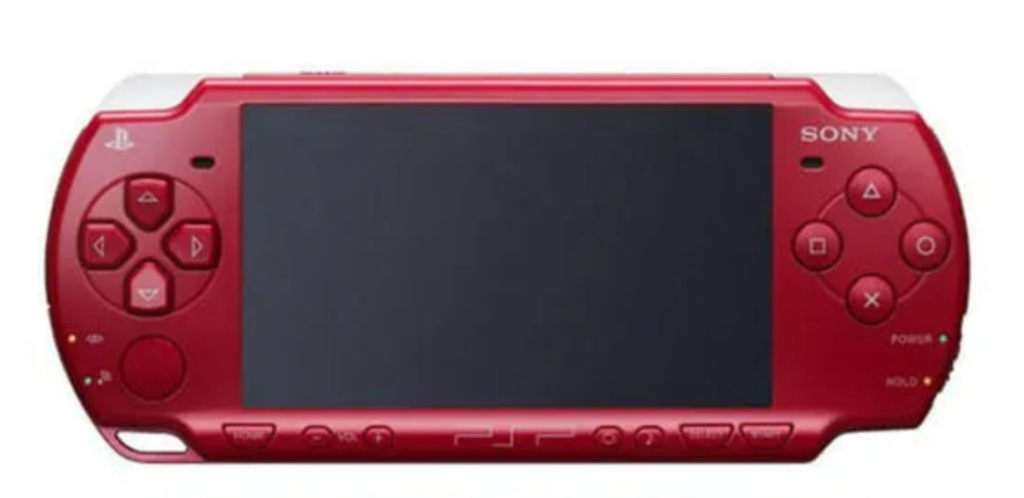
After over a decade of litigation in Germany, key aspects of Sony’s lawsuit against cheat device maker Datel were referred last year to Europe’s highest court. Should the Court of Justice rule in Sony’s favour, the consequences could reach far beyond a device meant for a game console discontinued a decade ago. For the benefit of the greater good, Sony must lose this case, and for once, the copyright lawsuit seems to be heading in the right direction.
Back in the early 1980s, when the home video gaming market was just starting with more affordable hardware, the details of Sony’s lawsuit against Datel would have been dismissed as ludicrous. It was a time of experimentation and pushing hardware to perform beyond expectations.
Early Victories and Changing Tides
Software is rightly protected under copyright law, but Sony’s aim in its case against Datel is to outlaw the modification of variables generated by software that exist only in RAM and are not part of the underlying copyrighted source code. Datel’s software modified values in memory to change gameplay in games like Motorstorm Arctic Edge.
In January 2012, the Hamburg Regional Court ruled mainly in Sony’s favor, finding that Datel’s software intervened in the ‘program flow’ of Sony’s games, thereby creating a derivative of Sony’s copyrighted code. This decision was overturned on appeal in 2021, and the case was dismissed. Sony appealed to the Federal Court of Justice, which then referred key questions to the Court of Justice of the European Union for a preliminary ruling.
If Sony’s view prevails and the protection under the 2009 Computer Programs Directive extends to transient variables in RAM, users of such tweaking software would be direct infringers under copyright law, and creators like Datel could be held secondarily liable.
Advocate General’s Favorable Opinion
While not binding, Advocate General Szpunar’s opinion provides a strong indication of where the CJEU might head. Szpunar’s conclusions are legally sound, well-researched, and logically robust.
“The value of the variables is not an element of a computer program’s code. They are merely data, external to the code, produced and reused by the computer when running the program,” he notes. These data, generated only during the program’s runtime, do not allow the program to be reproduced.
Non-Creative Variables
Directive 2009/24’s protection is limited to source and object code, which meet the originality criterion. Variables in RAM do not. AG Szpunar highlights that these variables result from game progress and player behavior, not the author’s intellectual creation.
“The author designs the variable categories and rules for their values, but the values themselves depend on unforeseeable factors like player behavior, escaping the author’s creative control,” Szpunar explains. Thus, this value cannot be protected by copyright.
Variables, being “transitory, temporary, and provisional,” do not meet the necessary threshold for copyright protection due to their lack of precision and objectivity.
AG Szpunar’s Final Words
AG Szpunar concludes that Article 1(1) to (3) of Directive 2009/24/EC should be interpreted to mean that the protection does not extend to variables transferred to RAM by a protected program, in cases where another program changes this content without altering the object or source code.



